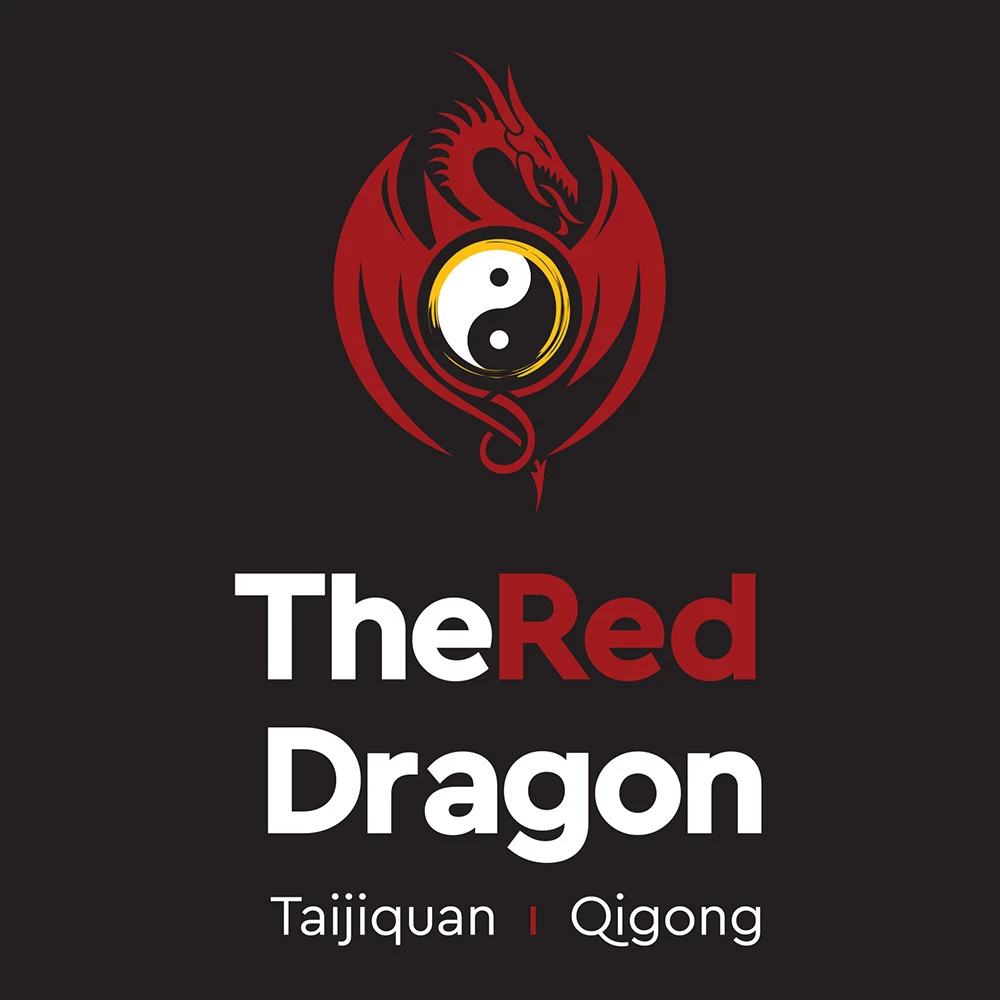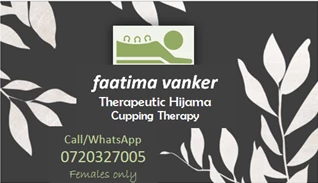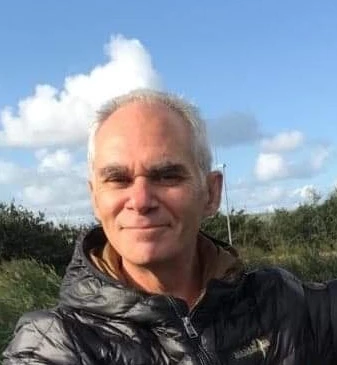- 8 Haven Road, Central Westville 3629, KwaZulu-Natal
- 2-5 km from Marian Industrial Park
- Awards: #21 Most Popular in eThekweni / Durban for 2024
Bodyworks - Marian Industrial Park (4147)
Pinetown, eThekweni / Durban, KwaZulu-Natal
Best match results for bodyworks in Marian Industrial Park + 5km.
Other related businesses in and around Marian Industrial Park (within 20km)
Tai Chi Chuan and Chi Kung classes in Durban at The Red Dragon, taught the ancient and traditional Chinese way, not just as a health exercise, but also incorporating the martial arts aspects as well. The benefits are enormous. Building a strong mind, a healthy body and a positive spirit help one live a healthier and balanced lifestyle. Our Mantra is EAT. SLEEP. TAIJI. REPEAT. We believe Taiji is not just something you do, it is who you are and it becomes a way of life. So we never stop practising.... Read more
The Skin Renewal Durban branch is situated at 304 Florida Road, Morningside, Durban. It serves the suburbs of Windermere, Morningside, Musgrave, Essenwood, Westville, Umbilo, Sydenham & Durban North as well as the Durban CBD. The clinic is under the medical supervision of Dr Sirleshan Poobalan Moodley (select "Ask our Doctors" on our website) who is experienced in anti-ageing, aesthetic and integrative medicine. They are supported by highly trained and knowledgeable front of house teams who ensure... Read more
What is Cupping Therapy/Hijama? Cupping is the process of applying cups to various points on the body by removing the air inside the cups to form a vacuum. Wet cupping (hijama) is the process of using this vacuum at different points on the body with incisions in order to remove 'harmful' blood which lies just beneath the surface of the skin. Benefits of Hijama • Detoxification of stagnant & acidic blood • Improves circulation • Balances hormones • Enhances general well being •... Read more
Dr Leshmee Ramdiyal is a registered homeopathic practitioner that utilises a holistic approach and individualised therapy to address the root cause of illnesses. The aim of her treatments are to restore the body's natural balance, ability to heal and prevent further complications allowing patients to lead a happier, healthier life. She combines homeopathy, nutraceuticals, phytotherapy, biopuncture and Bach remedies to safely treat a variety of conditions and reduce the side effects of other medication.... Read more
Natural Tui na or Chinese body integration therapy Is a Taoist system of natural healing . For all chronic illness such as diabetes ADD Cancer etc. including body realignment such as , shoulder pain backache knee pain will these body misalignments are soon restored to a functional healthy state . Natural Tui Na is not the same as the traditional tui na . Here the priority is the opening of the joints increasing circulation In the bones and realignment of the structure. If your body structure... Read more
Ignite health forms part of the Ignite Co3 company which has a holistic approach to success, with accent on happiness for the mind, body and soul. Our experienced Health & Beauty Therapists at New You Spa offers trigger point pressure therapy, cupping, deep tissue, corrective, remedial, sport and pamper massages. We also specialize in footcare, which includes feet treats such as foot peels ( a process during which the dead skin is removed from the bottom of your feet). We have great success... Read more













